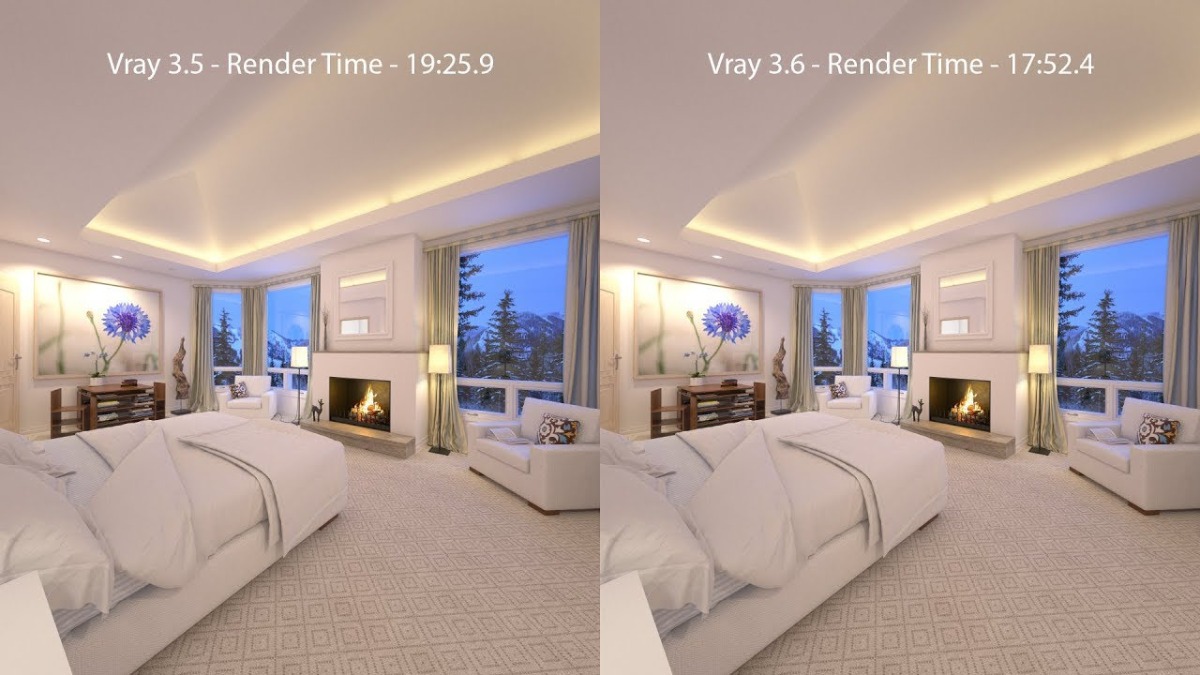

As of today, you must use driver version 441.28 in order to use the new RTX engine in V-Ray GPU.

Using the correct graphics driver has always been important, but it’s now essential because the API we use for RTX acceleration comes as part of NVIDIA’s driver. You can’t drive RTX without the right driver But for now: Don’t worry about reworking your scenes - just try the new RTX engine out, as there’s no risk. We’re planning a future “speed demon” blog article to examine scenes that are streamlined for maximum RTX benefit. We could have emphasized speedups that were many times faster with scenes tailored for the hardware, but we thought it was better to relate the benefit to what you’re more likely to experience with your current work. As you can see from the numbers, the RTX benefit can vary considerably, with the average speedup being about 40% when averaged across all of our example scenes. There was no editing done to these traditional scenes other than choosing RTX - and in some cases switching to V-Ray GPU. The above results come from our website’s Learning Resources and show the increased performance from switching from CUDA (and no CPU) to the RTX engine while using RTX GPUs.

RTX support for our other V-Ray products is in the works. Our RTX support begins today in V-Ray Next for 3ds Max, update 3, V-Ray Next for Maya, update 2, V-Ray Next for SketchUp, update 2 and V-Ray Next for Rhino, update 2, and it’s free to current V-Ray Next for 3ds Max, V-Ray Next for Maya, V-Ray Next for SketchUp and V-Ray Next for Rhino customers. So, now when we say “RTX support,” we mean we’re tapping into the extra ray-tracing hardware acceleration that comes with RTX class GPUs. But now we’re providing even more acceleration from the same GPUs by using the RT Cores on those chips dedicated to ray-tracing calculations. It’s something we’ve been working on since RTX was introduced over a year ago, and we’re happy to report that all V-Ray GPU features are seamlessly supported in both IPR and production modes - and multi-GPU scaling continues to be extremely efficient.Īs a reminder, V-Ray GPU has been rendering on NVIDIA RTX cards since they first shipped. Starting with our November updates, V-Ray Next GPU can now use the dedicated ray-tracing hardware within NVIDIA’s RTX class of GPUs to speed up production rendering. RTX acceleration brings a speed boost to new V-Ray Next updates


 0 kommentar(er)
0 kommentar(er)
